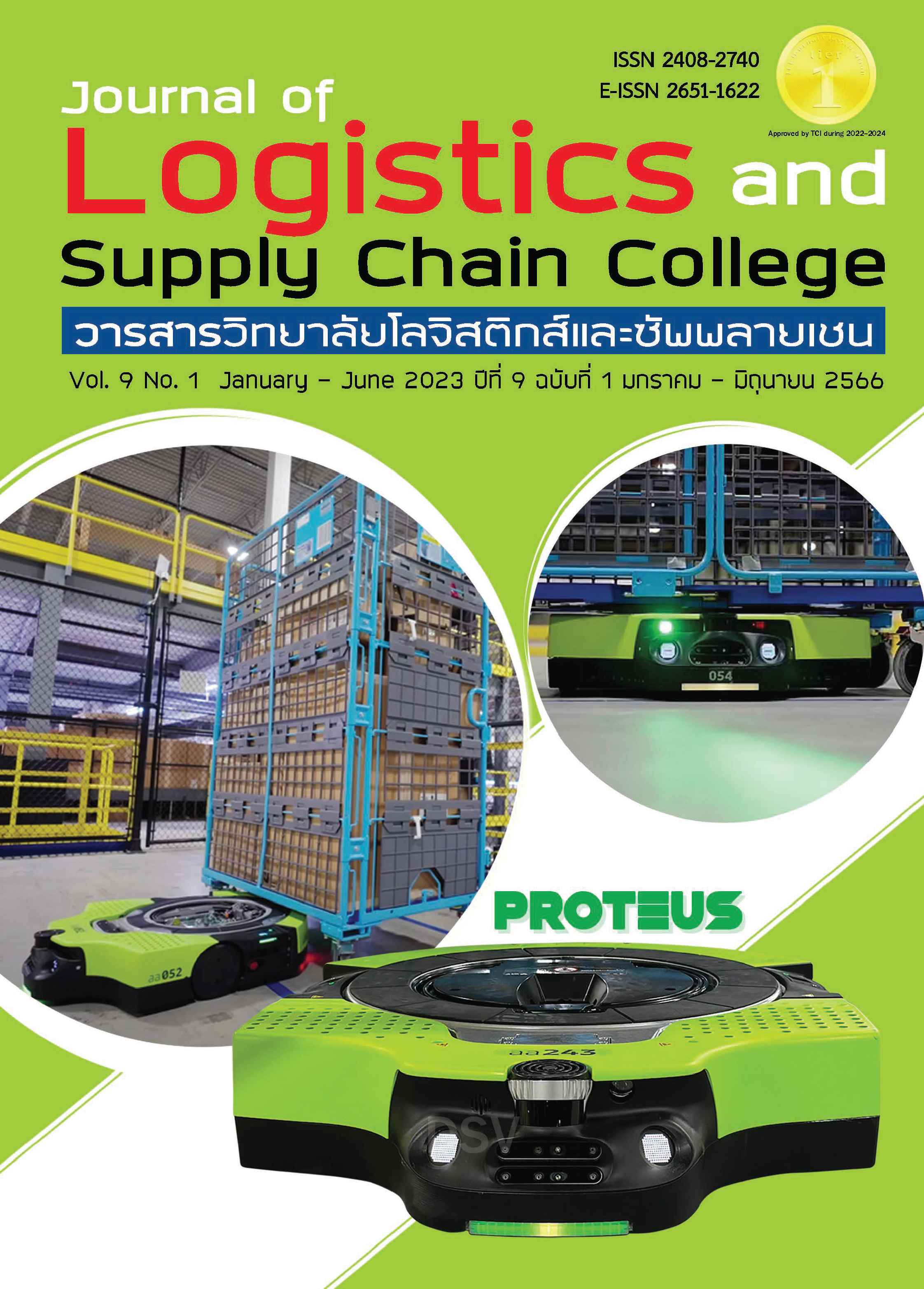An Evaluation of the Education Program in Retail Business Management under the Work Integrated Learning Concept in Muban Chombueng Rajabhat University
Keywords:
Retail business management, Work integrated learning, Evaluation of factorsAbstract
The objectives of this study were 1) to examine the policy, objectives, goals, and mechanisms set up to implement the program; 2) to find out how the implementation of the program was done, including its problems and difficulties; 3) to investigate if the stated objectives and goals have been achieved so far; and 4) to provide recommendations useful to fine-tune the program. It was the qualitative research that relied heavily on semi-structured interviews with program of stakeholders. Data from in-depth interviews, focus groups, and onsite observations were also used to undertake data triangulation. The data, which was obtained from a total of 106 key informants, was analyzed using the content analysis method to answer the objectives. Evaluation results revealed the followings: 1) MCRU and CP All PCL have collaboratively established a Business Administration Program in Marketing (Retail Business Management) in 2015 to enhance graduate employability policies. The objective of the program is to provide education that combines theoretical learning of the discipline with practical working in the workplaces. 2) The WIL concept was adopted for the program. There were 125 students enrolled in the program. Problems and difficulties were found in the input, process, and output of the program’s implementation. 3) Achievements of the program’s achievements, students could earn income from working. The graduates’ qualifications were accomplished but appeared the needs for improvement. The goal of conducting human resource development activities for both parties was accomplished. 4) Recommendations to fine-tune the program: (1) develop strategies to increase and student input; (2) launch measures to decrease dropping out rate; (3) conduct regular meetings within and between both parties for timely problem solutions. (4) The assessment of students’ working performance must be revised.
References
Billett, S. (2009). Realising the educational worth of integrating work experiences in higher education. Studies in Higher Education, 34(7), 827-843.
Billett, S. (2010). Learning through practice: models, traditions, orientations and approaches, New York: Springer.
Calway, B. A. (2006). What has Work-Integrated Learning Learned? A Grounded Study toward a WIL Philosophy. Retrieved 12 June 2021, From: http://www.centreforefs.com/resources/b_calway_2006.pdf.
Campbell, M. & Zegwaard, K.E. (2011). Values, ethics and empowering the self through cooperative education. Asia-Pacific Journal of Cooperative Education, 12(3), 205-216.
Dewey, J. (1986). Experience and education: Taylor & Francis Group. The educational forum. 50(3), 241-252.
Eames, C., & Coll, R. K. (2010). Cooperative education: Integrating classroom and workplace learning. In Learning through practice. Dordrecht: Springer.
Griffith University (2006). Introduction to Work Integrated Learning (WIL). Retrieved 15 August 2021, From: http://www3.griffith.edu.au/01/ocp/content.php?id=501.
Knowles, M. (1975). Self-Directed Learning – A Guide for Learners and Teachers., New York: Association Press.
Kuzel, A. J. (1999). Sampling in qualitative inquiry. In B. F. Crabtree & M. B. Miles (Eds.), Doing qualitative research (2nd ed.). Thousand Oaks, CA: Sage Publications.
Lave, J. (1996). Teaching, as learning, in practice. Mind, culture, and activity, 3(3), 149-164.
Marshall, B., Cardon, P., Poddar, A., & Fontenot, R. (2013). Does sample size matter in qualitative research? A review of qualitative interviews in IS research. Journal of Computer Information Systems, 54, 11- 22. doi:10.1080/08874417.2013.11645667
Morse, J. M. (2000). Determining sample size. Qualitative Health Research, 10, 3–5. doi: 10.1177/104973200129118183.
Owen, J. M. (2006). Program evaluation: Forms and approaches. Routledge.
Pope, C., Van Royen, P., & Baker, R. (2002). Qualitative methods in research on healthcare quality. BMJ Quality & Safety, 11(2), 148-152.
Power, B., & Hubbard, R. (1999). Becoming teacher researchers one moment at a time. Language Arts, 77(1), 34-39.
Revans, R. W. (1991). Action learning and the third world. International Journal of Human Resource Management, 2(1), 73-91.
Ricks, F. (1996). Principles for structuring cooperative education programs, Journal of Cooperative Education and Internship, 31(2-3), 8-22.
Sedmak, J. (2021). What is Stakeholder Engagement, and Why is it Important for Strategic Planning?. Retrieved 12 June 2021, From: https://www.smestrategy.net/blog/stakeholder-engagement-management-for-strategic-planning.
Van Gyn, G. (1994). The Education Orientation of Cooperative Education: A Critical Variable in Effectiveness, Journal of Cooperative Education and Internship, 30(1), 17-25.
Van Gyn, G. (1996). Reflective Practice: The needs of professions and the promise of cooperative education, Journal of Cooperative Education and Internship, 31(2-3), 103-132.
Zegwaard, K. E., & Rowe, A. D. (2019). Research-informed curriculum and advancing innovative practices in work-integrated learning. International Journal of Work-Integrated Learning, 20(4), 323–334.


